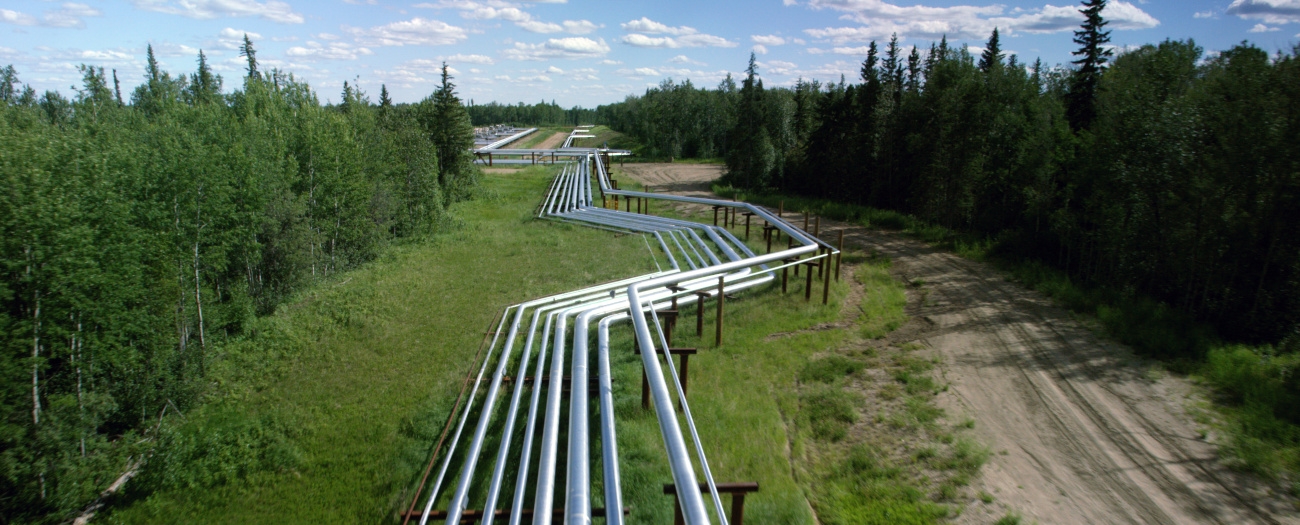A new program launches in Alberta to improve pipeline safety
Alberta - February 20, 2017
Kirk Bailey, the Alberta Energy Regulator’s (AER) executive vice president of operations, knew that more could be done to improve pipeline safety, and that the solution wasn’t to just craft more rules.
“We’re not going to improve performance by adding more pages to the Pipeline Act,” Bailey noted last spring.
To improve industry performance, regulation would have to go beyond compliance. So the AER went to work developing the Industry Performance Program—an effort to measure, evaluate, and report on all energy development activities and ultimately hold companies accountable for their actions.
Today the AER released the first report on industry performance, focused on pipelines. It gives an overview of the pipeline sector as a whole, but also details how individual companies are performing.
Here are five things to know about the Industry Performance Program:
Trend is your friend. While the length of pipelines the AER regulates grew by 11 per cent in the last 10 years, pipeline incidents actually dropped by 44 per cent, driving the pipeline failure rate to 1.1 incidents per 1000 kilometres of pipeline in 2016 compared with 2.2 incidents in 2007. This trend is largely due to improved requirements, industry education, improvements to inspection programs, and a greater focus on pipeline safety in the energy industry.
It’s of consequence. Pipeline incidents dropped by three per cent in 2016 compared with 2015. Most incidents were of medium to low consequence, in terms of impacts on the public, wildlife, and environment. High-consequence incidents accounted for about 7 per cent of all incidents in 2016.
Prevention over intervention. While the drop in incident rates is encouraging, the AER believes all pipeline incidents are preventable—especially high-consequences ones. Achieving this will take a big effort and many small steps; this year the AER aims to reduce the number of high-consequence pipeline incidents by two per cent below the previous two-year average. The AER will continue to raise the bar each year and take action to ensure that performance steadily improves.
Keeping it green. An important next step to improve pipeline performance is to gain a better understanding of the cumulative impacts that pipeline releases have on the environment, especially where vulnerable species and habitat are found. This involves assessing the environmental impacts of pipeline spills, focusing on pipelines in sensitive areas and determining whether extra precautions are needed in these cases.
What’s next? The pipeline report is the first to be released, but we’re not done there. In the coming months, the AER will issue reports similar to what we’ve released about pipeline incidents. These reports will cover in situ operations, mining (oil sands and coal), and oil and gas activities, and will be updated at least annually.
To make sure pipeline incidents receive the appropriate response, the AER assigns a high-, medium-, or low-consequence rating based on criteria that consider the impacts on the public, wildlife, and the environment.
- High consequence: Incidents that could have significant impact on the public, wildlife, or the environment, or that involve the release of a substance that affects a large area or waterbody.
- Medium consequence: Incidents that could have a moderate impact on the public, wildlife, or the environment, and no impact on a flowing waterbody.
- Low consequence: Incidents that involve little to no substance released and have little to no impact on the public, wildlife, and the environment (but no impact on a waterbody).
No matter the classification, operators are responsible for all aspects of incident response—from having a detailed emergency response plan in place to taking actions to remediate and reclaim a site.
Monica Hermary, Writer


